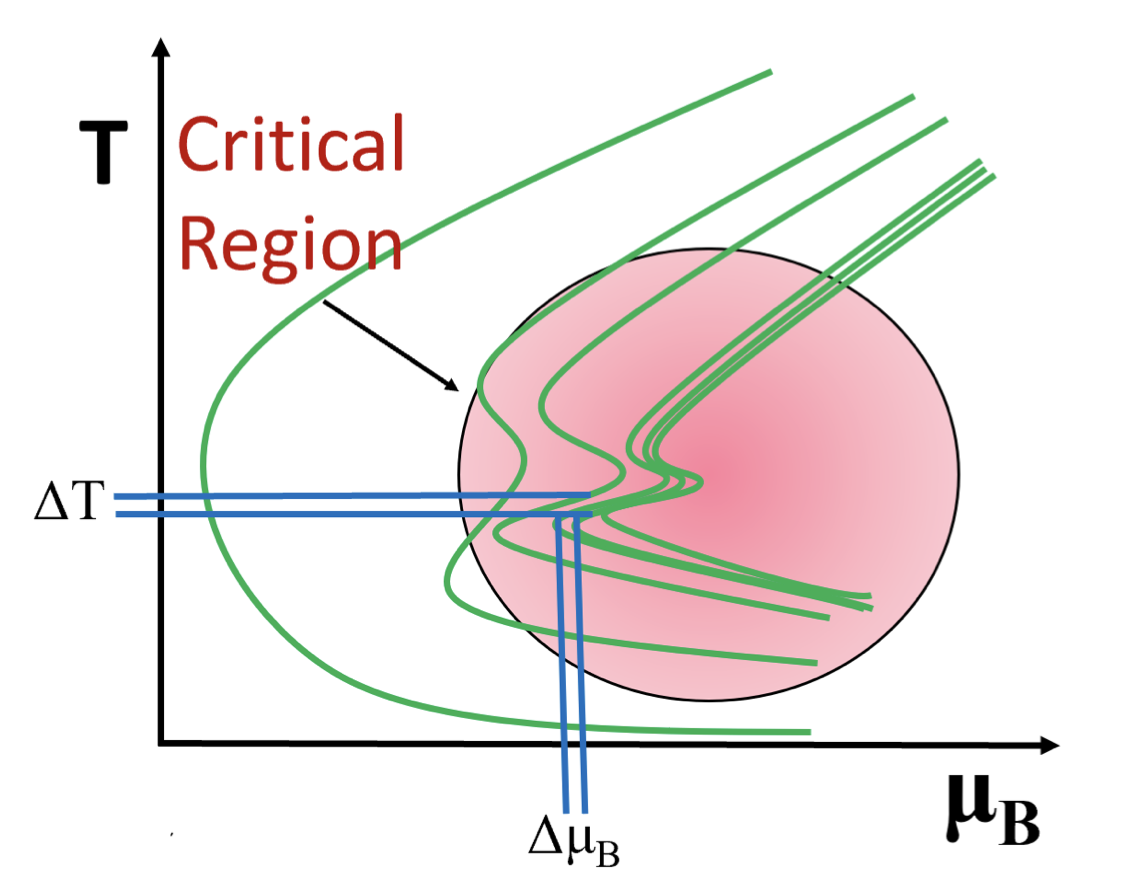
One of the main goals of the Beam Energy Scan (BES) program at the Relativistic Heavy-Ion Collider (RHIC) is to detect signatures of the conjectured QCD critical point. A prediction based on universality arguments suggested that non-monotonic behavior in the fourth-order baryon susceptibility (chi-4) is a critical signature. The net-proton kurtosis, as a function of beam energy, is thought to be a good experimental proxy for chi-4. This discussion became even more relevant after results from the first run of the BES program showed hints of non-monotonic behavior in the net-proton kurtosis. Universality arguments can be tested via a phenomenological equation of state (EoS) that contains a critical point in the correct universality class and is matched to lattice QCD at vanishing baryon chemical potential. This EoS allows for the study of critical signatures in chi-4 with minimal modeling assumptions while taking into account first-principle constraints and the uncertainty in the mapping of universal behavior onto the QCD phase diagram. In this framework, a divergence, rather than non-monotonicity, in chi-4 is the unambiguous signature of the QCD critical point. However, uncertainties around the size and shape of the critical scaling region affect whether critical point signals survive the dynamical evolution in heavy-ion collisions.
Host: Fernando Flor